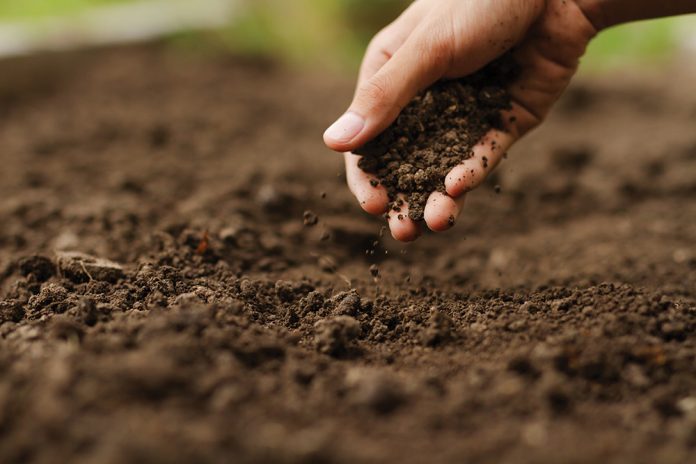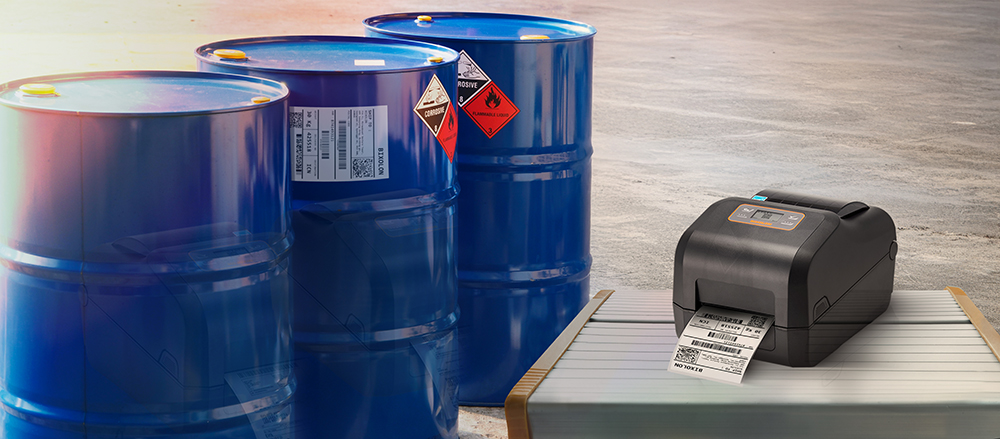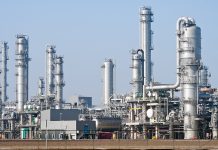Tailings, the waste left after extracting precious and critical minerals, often contain harmful chemicals and heavy metals that can pollute soil, water, and even crops. There are over 1800 tailings storage facilities around the world, and in 2019, a tailings dam in Brazil collapsed; close to 300 people drowned in the waste, which also polluted local land and waterways.
Now a team led by researchers at the University of Queensland has developed an innovative method to turn harmful tailings into healthy soil. The scientists used the Canadian Light Source (CLS) at the University of Saskatchewan to determine the underlying mechanism of their process.
Longbin Huang, a professor with the University of Queensland, said it’s costly and environmentally risky to store tailings over the long term and that other processes for remediating mine waste are slow and extremely expensive. “We have basically taken engineering solutions into the context of natural soil formation from rocks, because tailings have some useful minerals common to natural rocks.” Their solution, he said, could save billions of dollars around the world and carry a host of environmental benefits.
“Tailings have no biologically friendly properties for growing plants. Roots and water cannot penetrate them, and soluble salts and metals in tailings can kill plants and soil microbes,” said Huang. “If you wait for nature to slowly weather the tailings and turn them into soil, it could take a couple thousand years.”
Huang and colleagues found a way to accelerate natural soil formation processes to convert tailings into healthy soil. They recently published their findings in the journal Environmental Science & Technology.
“We can convert these colossal volumes of biologically hostile tailings into growth media similar to natural soil by developing soil structure that will enable biological activity of microbes and plants, basically establishing a natural ecosystem,” he explained.
The process involves encouraging specific microbes to grow in tailings that have been amended with plant mulch from agricultural waste and urban green waste. These microbes “eat” the organics and minerals in tailings, transforming them into functional aggregates (or soil crumbs), the building blocks of healthy soil.
“You have microbially active surfaces in soil crumbs that develop a porosity in compacted tailings that allows the gas, water, roots, and microbes to survive, just like in arable soil. Therefore, the dead mineral matrix of tailings becomes a soil-like media that will enable plants to grow.” Huang noted that this process – which can occur in as little as 12 months – can also be used to restore soils damaged by over-farming, overuse of fertilizers, and climate change.
Using the CLS’s synchrotron light the scientists could visualize the detailed mechanism of how they were able to develop the organic-mineral interfaces and revitalize the tailings.
“We needed to use the SM beamline to unravel at the nanometer scale the immediate interfaces and how the minerals change, and how they interact with organics,” said Huang. “The facility access and the expert inputs of the beamline staff were critical to enable us to collect quality data and therefore to have reliable scientific evidence.”
The team has also completed a field trial and an extensive greenhouse trial using the rehabilitated tailings to grow crops and native plants.
“We are confident that it works. The maize and sorghum love it!” he said. “The technology is usable now. Someone just needs to use it at mine sites.” The researchers are currently looking for industrial partners.
The research group is hopeful that their method could significantly reduce costs and risks from mining activities, environmental contamination, and even the amount of fertilizer needed by farmers.
Wu, Songlin, Jeremy Bougoure, Jian Wang, Lars Thomsen, Ting-Shan Chan, Qing Yi, Zhen Li, Gordon Southam, and Longbin Huang. “Nitrogen-Rich Organic Matter Formation and Stabilization in Iron Ore Tailings: A Submicrometer Investigation.” Environmental Science & Technology (2023). https://doi.org/10.1021/acs.est.3c03011









